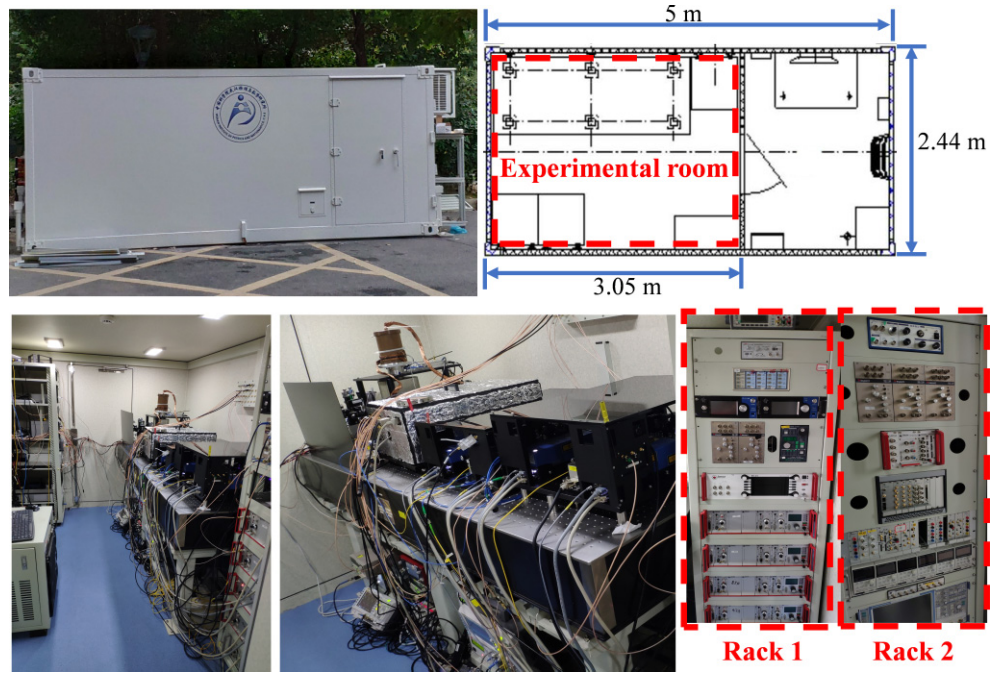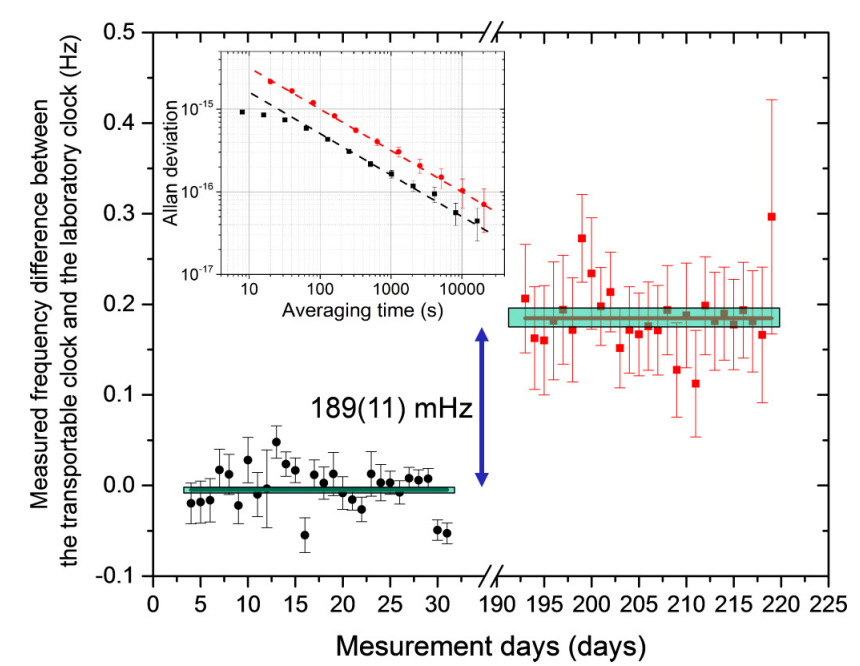Precision Measurement
Physics, as a science, must be tested by either experiments or observations. Our center is pursuing several collaborations to probe properties of gravity.
One such project is to utilize the sensitivity of atomic clocks to measure gravitational field, since general relativity shows us that time slows down near a strong gravitational field, a phenomenon that is widely utilized by GPS navigation satellites.
Atomic clocks are the most precise timekeeping machines that have ever been made to measure the vibration frequencies of atoms. Their extremely high precision and stability are commonly used in navigation and geodesy, as well as in fundamental physics experiments. The uncertainty or stability of the state-of-the-art optical clocks have reached the 10−18 level or better. If they had been running since the beginning of the universe, they would be off by about half a second today.

Measuring the frequency ratios of different optical clocks can potentially define the Standard International (SI) unit for a second, test Lorentz invariance, search for the temporal variation of the fundamental physical constants, and be used in geodesy physics in studying the Earth’s shape and mass distributions, and precisely determining the global ground elevation network. These would not only advance our knowledge of fundamental physics, but also be extremely useful in various applications.
The laws of physics are associated both with our theories and fundamental physical constants set by Nature. Several atomic and molecular systems provide ideal platforms for testing our theoretical models and constraining the values of physical constants. Comparing the theoretical values with precise spectral measurement values, we can test the self-consistency between the theories and the constants.
In recent years, research in the field of time and frequency domains has developed rapidly. However, there is still more room for improvement. Potentially, our detectors will be sensitive enough to detect phenomena such as dark matter and gravitational waves. With better atomic clocks, scientists could also start to answer some mind-boggling questions, such as whether physical "constants" vary with time.
Our center cooperates with Wuhan Institute of Physics and Mathematics to construct an atomic clock synchronization network. This network system connects ground based atomic clock stations and satellites. It aims to synchronize the local time, measures the local gravitational effects, and will search for other unknown phenomena.

Transportable Ca+ optical clock in an air-conditioned car trailer. Top left: outside view of the car trailer. Top right: top view layout of the car trailer. Bottom left: inner view of the car trailer with the transportable clock. Bottom center: physical package and the laser optics. Bottom right: electronics.

The measurement of the frequency difference changes in Wuhan. The data points shown are systematic shift corrected (gravitational shift excluded). The black circles on the left represent when the transportable clock was put in the laboratory environment where the two clocks have a height difference of 1 cm, while the red squares on the right represent when the transportable clock was put in the car trailer and the two clocks have a height difference of 4.34(3) m. Before and after changing the transportable altitude, the frequency difference change was measured as 0.189(11) Hz. Inset: The Allan deviation of the clock comparisons calculated from one day’s data. The black points and line represent when both clocks were in the laboratory, whereas red points and line represent when the transportable clock was moved to the car trailer.